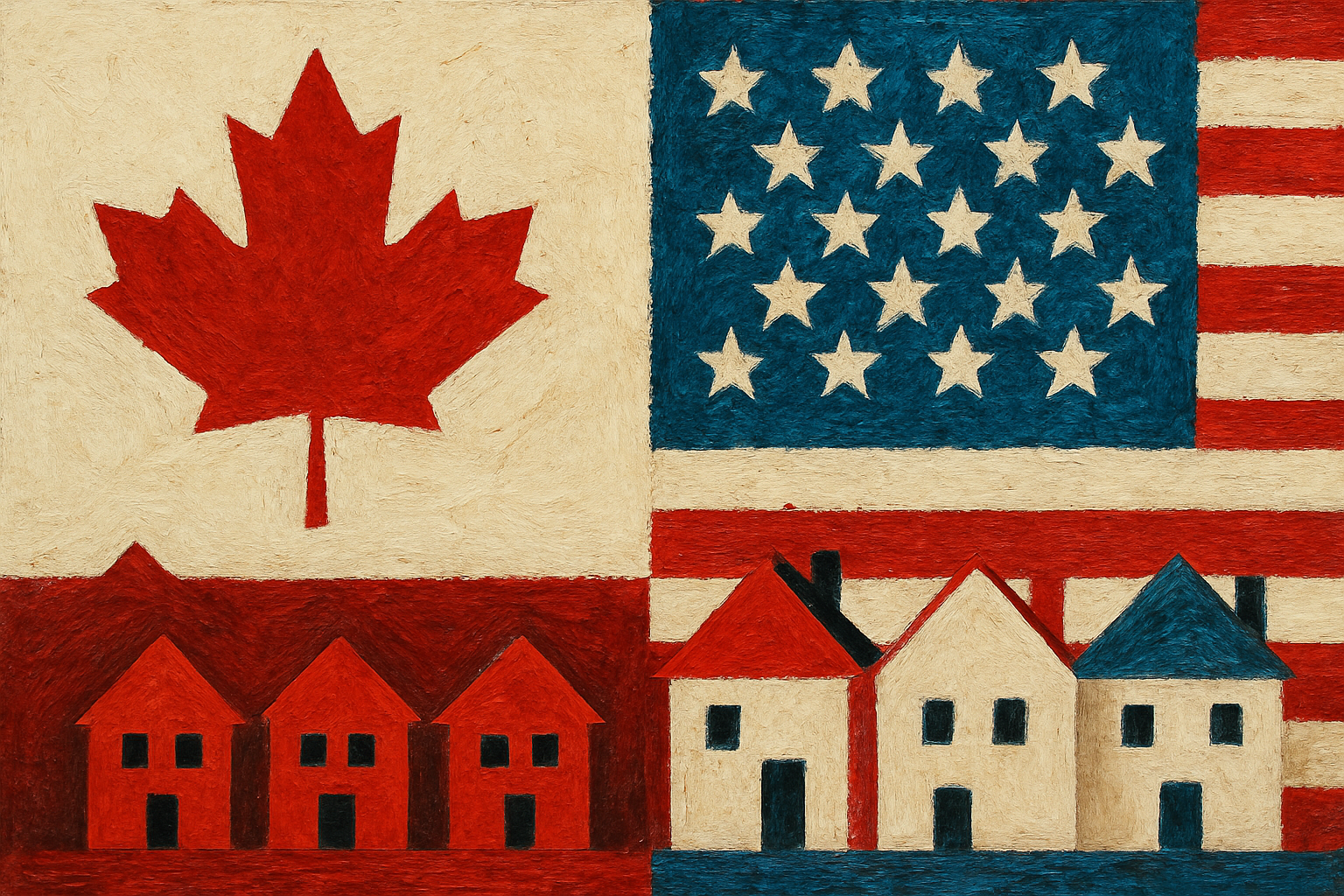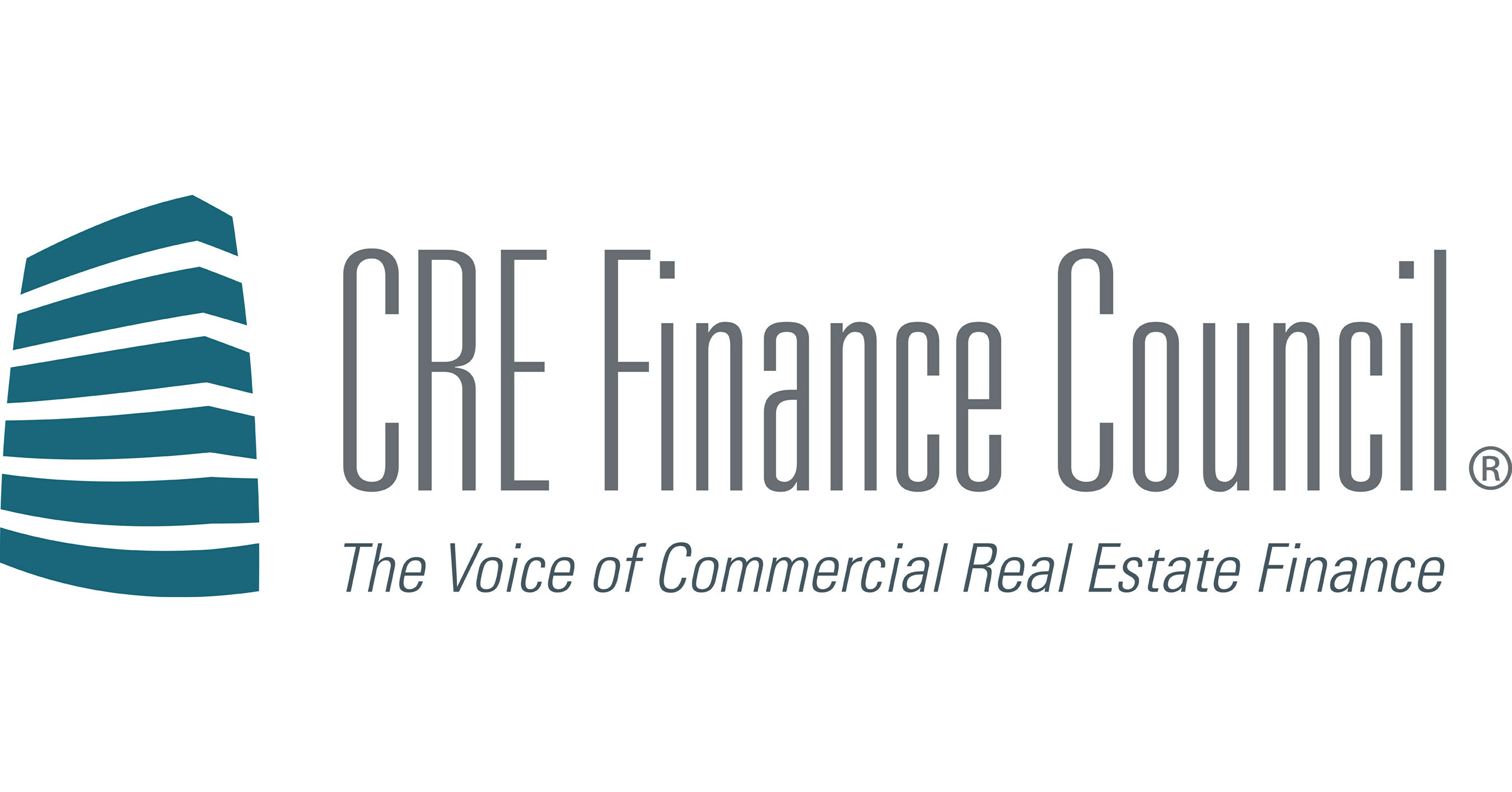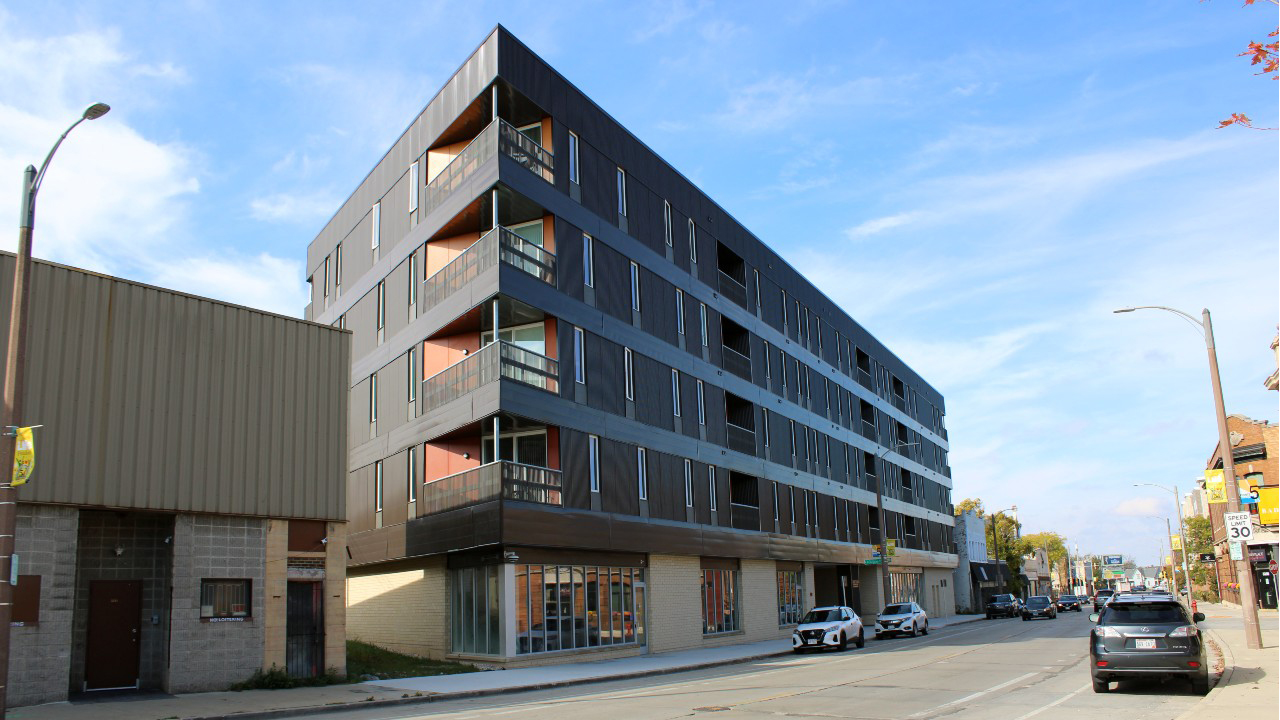C
anadian investors are pouring more money into U.S. real estate than at any point since 2015, thanks to attractive returns, a broad array of mortgage options, and the chance to safeguard wealth in a stronger currency. While headlines have fixated on trade tensions, tariffs, and the Trump era, the reality on the ground shows a steady flow of Canadians buying property across the border.
Why the surge? Several factors converge. First, the U.S. and Canada share a 5,500‑mile border, a common language, and many cultural ties. Many Canadians live near the frontier, making states like Ohio and Michigan feel like extensions of home. Moreover, the U.S. hosts the vacation hotspots Canadians frequent—Arizona, Florida, and other Sun Belt destinations—so familiar markets naturally attract buyers.
Second, the dollar advantage is hard to ignore. Over the past five years, the Canadian dollar has traded around 0.75 U.S. dollars. In cities where Canadian property prices are steep—Toronto, Vancouver—a single down‑payment can buy multiple U.S. homes in the Midwest or Sun Belt, often yielding higher rental income. Lower price‑to‑rent ratios in these regions create cash‑flow opportunities that would be unattainable in expensive Canadian metros, especially when Canadian property taxes erode returns.
Third, owning U.S. real estate preserves wealth in a stronger currency and taps into an asset class that has tripled in value over the last two decades. Gains can later be converted back to Canadian dollars at favorable rates, enhancing overall portfolio performance.
Landlord‑friendly states also play a role. In Canada, tenant‑friendly laws in provinces like Ontario and British Columbia can leave landlords on the hook for missed rent. In contrast, U.S. states such as Texas, Florida, Georgia, and Indiana offer quicker eviction processes and more landlord‑friendly regulations, reducing risk and protecting cash flow.
Mortgage products in the U.S. are tailored for investors. Debt‑service‑coverage‑ratio (DSCR) loans allow buyers to qualify based on projected rental income rather than personal income, and fixed‑rate 30‑year mortgages lock in low rates for the long haul—an attractive feature for foreign investors.
All these elements combine to make U.S. real estate an unrivaled opportunity for Canadians. The trend is unlikely to reverse; Canadian buyers will continue to diversify their portfolios across the United States.














